Edgelands
There’s been a lot of coverage lately relating to a new book by two North West poets, Paul Farley and Michael Symmons Roberts. Its entitiled Edgelands. As they state in the introduction it’s not a new concept but the interest in bringing the whole idea of this ‘unruly and chaotic’ space back into the public arena has generated a lot of creative activity.
‘We might have come up with the word ‘edgelands’ ourselves. Anyone who has spent a childhood mooching around the fringes of English towns and cities, where urban and rural negotiate and renegotiate their boarders, might have come up with the word. If you know those places where overspill housing estates break into scrubland, wasteland; if you know these undeveloped, unwatched territories, you know that they have ‘edge’. We might have come up with it ourselves, but geographer Marion Shoard got there first. Her writing on England’s edgelands, her call to arms, for poets and novelists to celebrate them, and above all her naming of this ground was the starting point for us.’
Edgelands – Paul Farley and Michael Symmons Roberts.
Early Years
In a series of small pieces of prose the book explores these areas and gives a context into which we are able to frame them, if not still wholly appreciate them for the beauty the authors see in them. It’s a really good read and I know well the places they write about. They’re both from the area I grew up in and along with my two brothers we explored such places, not really knowing what they were, or how they fitted into the wider framework of a more organised environment. They weren’t the same as the ‘Park’ we spent time in, which was a structured environment and looked after in the sixties by a ‘parkie’, who we played gentle havoc with as youngsters. They had a feel of ‘no mans land’ to them and of wilderness to a lad of ten or so. They seemed exciting and at times uncomfortable places to be in. You wanted to be in them but were also glad to be out of them.
100km – Tyne and North Tyne
My eldest brother Mike, who has a deep interest in the natural world and responds to it through painting and the juxtaposition of words, has currently been hosting a series of  natural history walks in the North East of England. It’s a place not dissimilar to the Industrial North West and has edgelands stamped all over it. Mike has been walking with various naturalists covering 100km of the Tyne and North Tyne over the last few weekends and the early part of the walk was through some classic edgeland territory. He frames this part of the walk around the concept of edgelands and his blog from this part of the walk references the book by Paul Farley and Michael Symmons Roberts and the richness that these places offer is evidenced in what they saw during this part of the walk.
Seaforth Nature Reserve
These edgelands haven’t gone away. They are transitory, disappearing and reappearing all the time. Some have become reclaimed edgelands and hold on tenuously, their importance to birds having been recognised. Once such place is Seaforth Nature reserve, managed by the Lancashire Wildlife Trust. It still retains all the traits of pure edgeland sitting literally next to the Freeport of Liverpool. It’s also currently under threat from further expansion of the port and so retains a fragile relationship to the environment.
I’ve spent a few days recently visiting the reserve and the quality of the bird life is extraordinary. I hope to spend more time over the next year in the reserve. It has a strange atmosphere, with the sounds of containers being shifted around and lorries coming and going. Yet it offers something unique that only the edgelands have. It’s this uniqueness character that the recent book by the two poets  captures so well.
The images in this post simply look at the place Seaforth, the following posts will focus on some of the birds I’ve photographed over the last few visits.

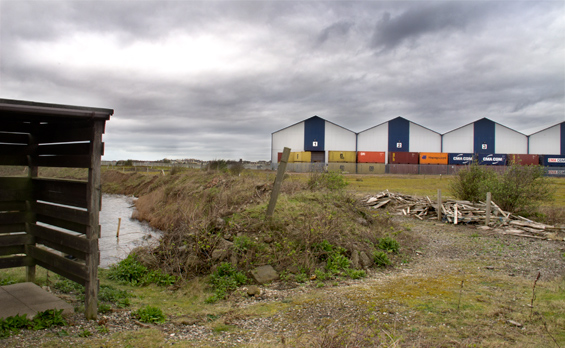
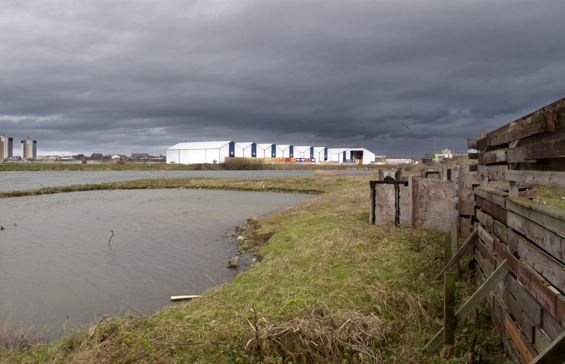
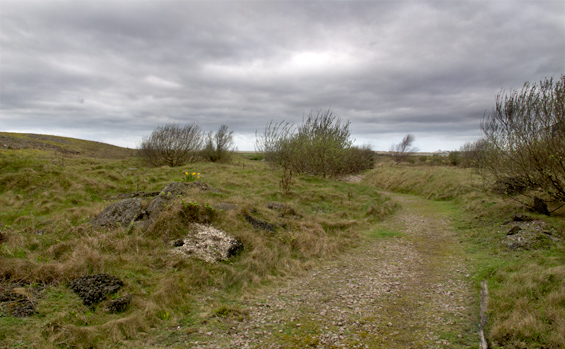
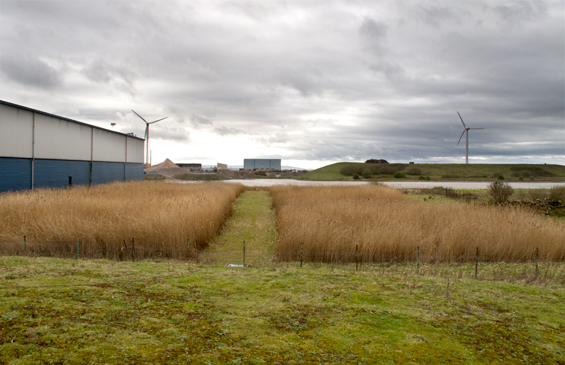
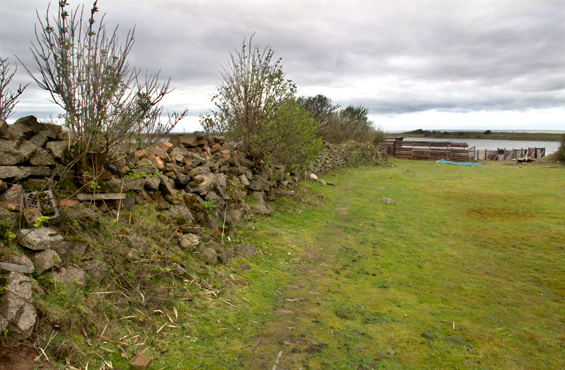
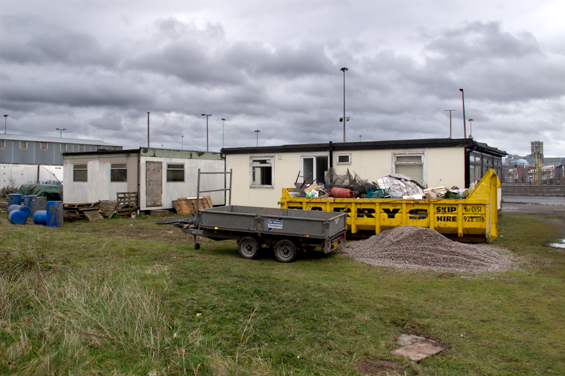
Tim
Thought provoking article. It reminded me of a IIRC superbly crafted BBC Natural World (2010)that documented through the eyes of an author(?)the stark contrast between the beauty of the natural world and the defunct and neglected industrial wastelands of Essex. In all cases these perspectives strongly illustrates that Nature tries its best to cling onto survival by adapting to constantly encroached areas, whilst at the same time re-colonising abandoned areas of past industrial activity. Wonderfully thought provoking.
Hi Julian,
Was it Robert Macfarlane?